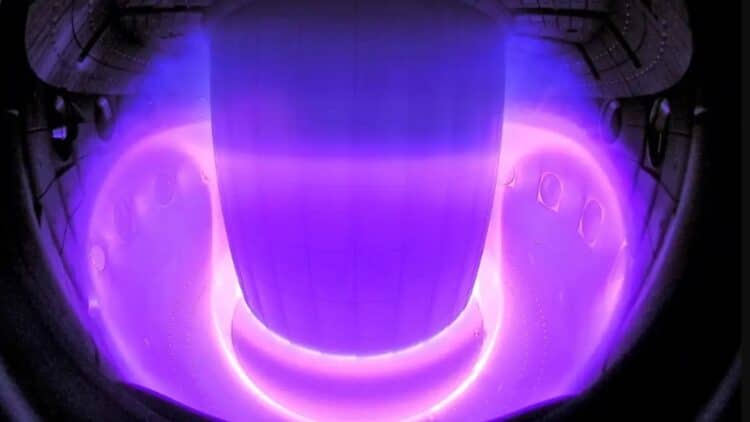The United States may be closer to unlocking the power of the stars with a huge breakthrough in nuclear fusion. What America wishes to do is to create their own artificial sun that is set to deliver limitless and a carbon-free energy alternative. The team is facing a core challenge in that the possibility of resolving the problems related to fusion-induced metal failure and seeking out metals that can handle the extreme radiation and heat needed to achieve this stance is low.
Fusion energy- the chance to tap into the energy’s potential
MIT Engineers making groundbreaking discoveries
As per the MIT Energy Initiative (MITEI)., MIT engineers have been successful at identifying metals capable of handling devastating conditions within a fusion reactor. Professor Ju Li and her MIT engineering team found that combining ceramic nanoparticles into the iron-based walls of a reactor, vessel can prevent helium atoms from wreaking havoc within the metal. What MIT engineers did was eliminate helium’s harmful effects.
Since fusion reactions move from neutrons that strike vessels, helium seems to be rather problematic. Such atoms gain microscopic gaps between these metal crystals and cluster to create bubbles that inevitably split the metal open. Professor Li was capable of finding a solution that replaces helium atoms along with the various weaker spots that disperses it throughout the metal. Iron silicate, a ceramic compound, is chemically compatible and mechanically strong. Inevitably, the way forward deals with moving hot plasma fully away from energy producing coolants.
During the testing process, 1% of iron silicate can reduce the helium bubble formation by approximately 50%, increasing the lifespan of the reactor. Japan, too, has achieved a feat close to that of the U.S. by creating an artificial sun at 100,000,000 ºC producing one of the largest tokamaks in history.
A move towards fusion reactors
The fusion engineering equation is improving and so too is America’s road towards climate resilience and energy independence. Professor Ju Li’s team is putting in all of the efforts towards commercial applications such as 3D printing. The new initiative is hoping to support fusion projects in the U.S. and working to collaborate with various fusion firms in private sectors that are geared towards a 2030 launch date.
It is big associations in the ITER in France and other U.S.-based fusion startups with such material breakthroughs that are deemed interesting. The future on fusion depends on walls that can last, and materials that are perfect for plasma physics.
With America’s motive and direction moving toward the artificial sun, the technical aspects are becoming a reality. Fusion perhaps has a future that shines just as bright as the glowing sun. With infinite, enclosed, and extremely hot energy, America is lighting the first-ever artificial sun which is set to overcome all previous challenges, especially those entailing tokamak walls.


